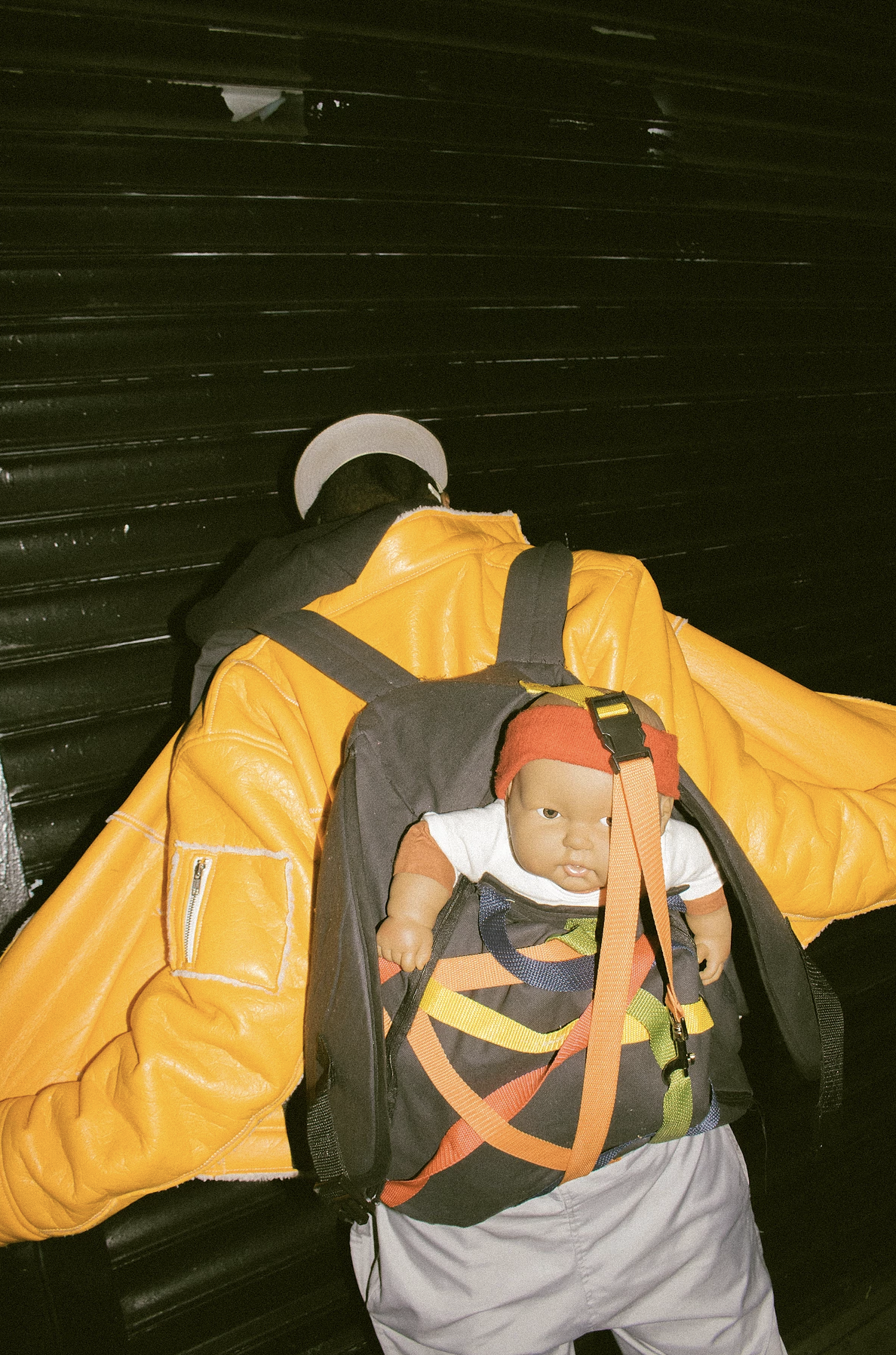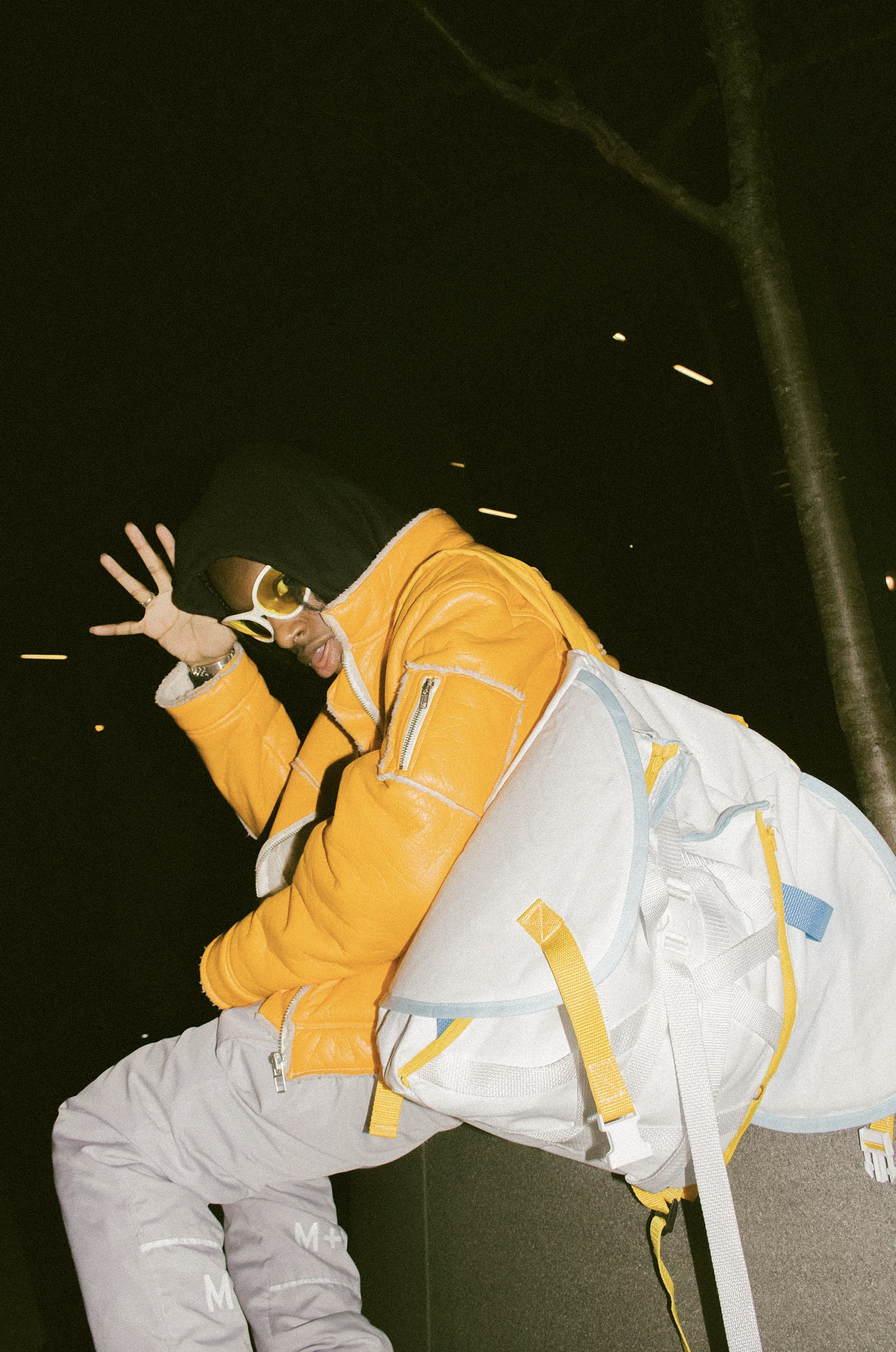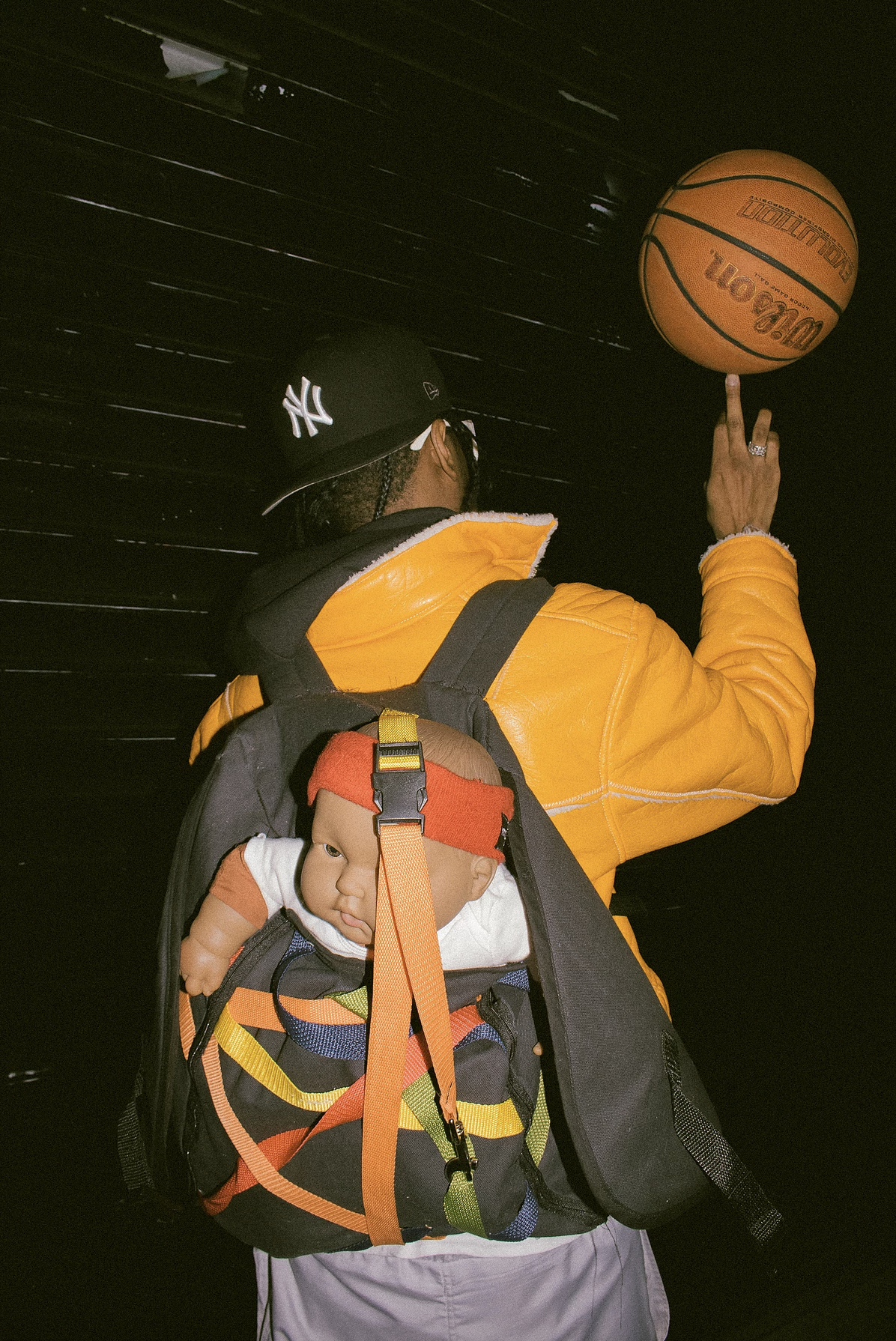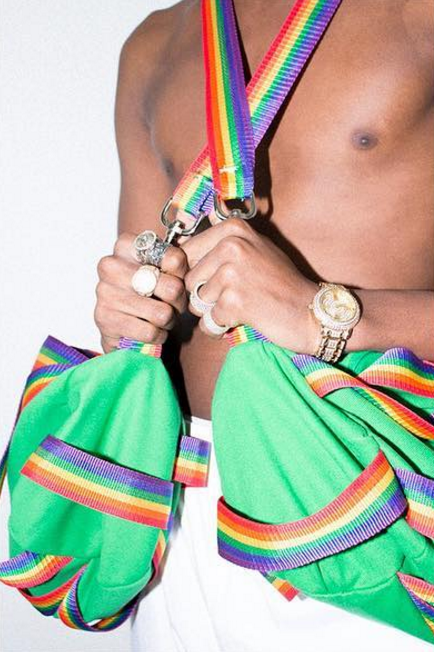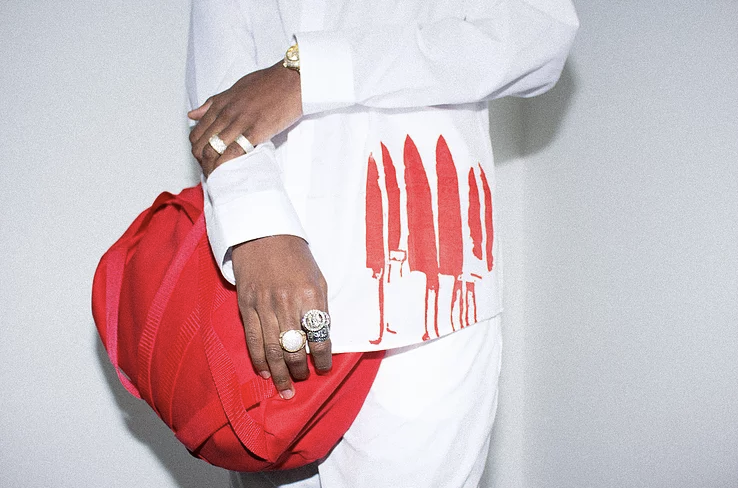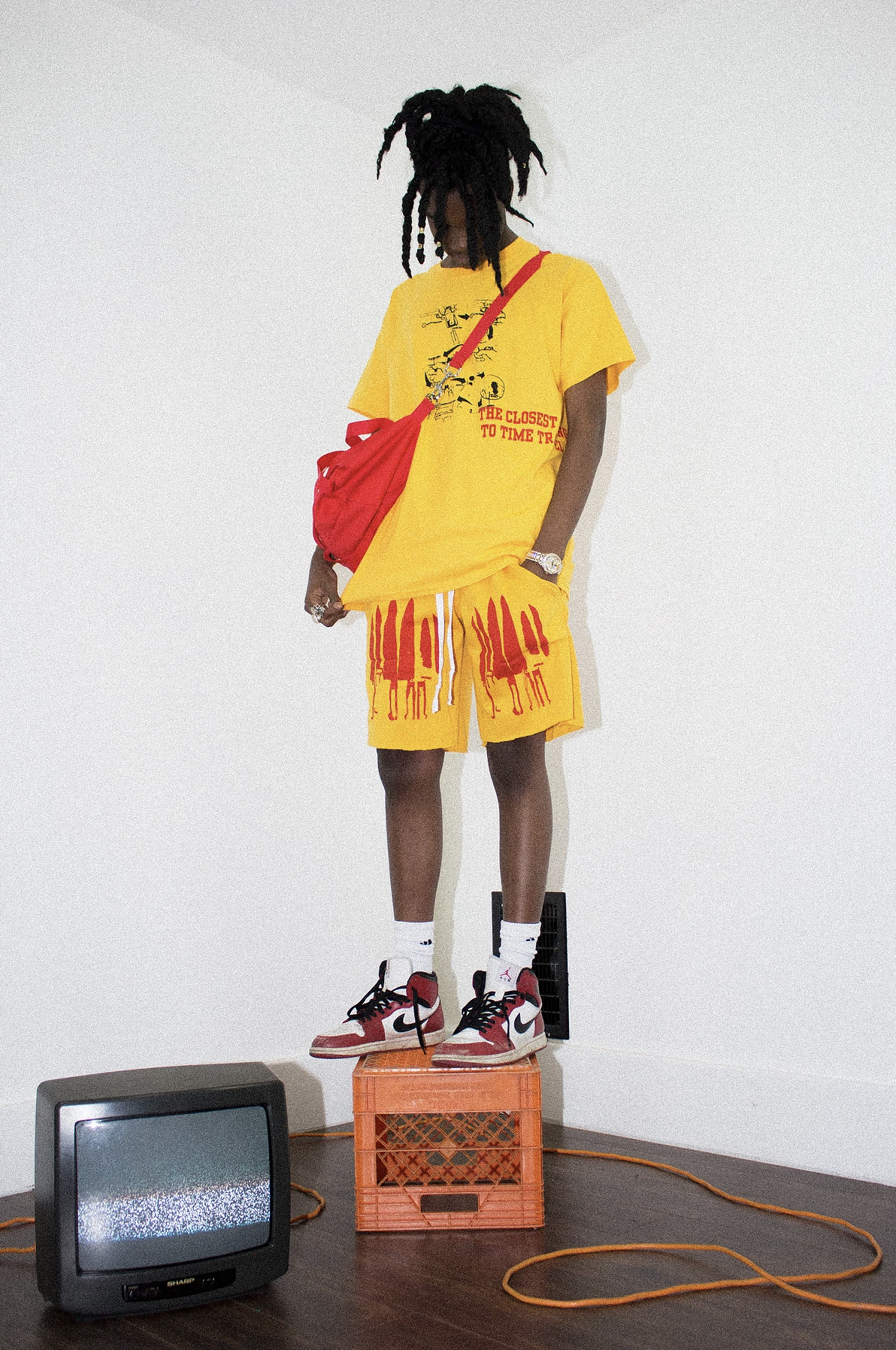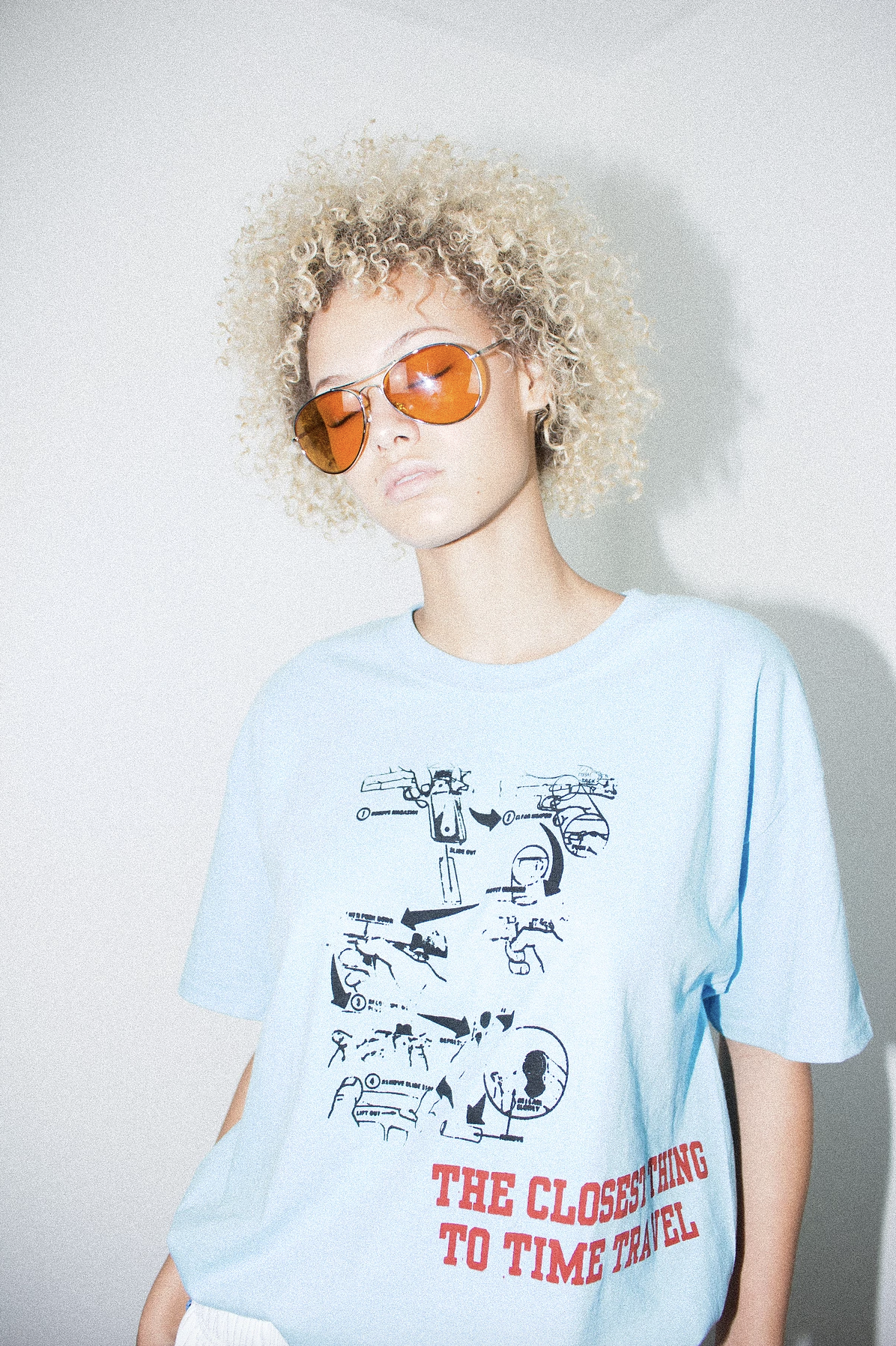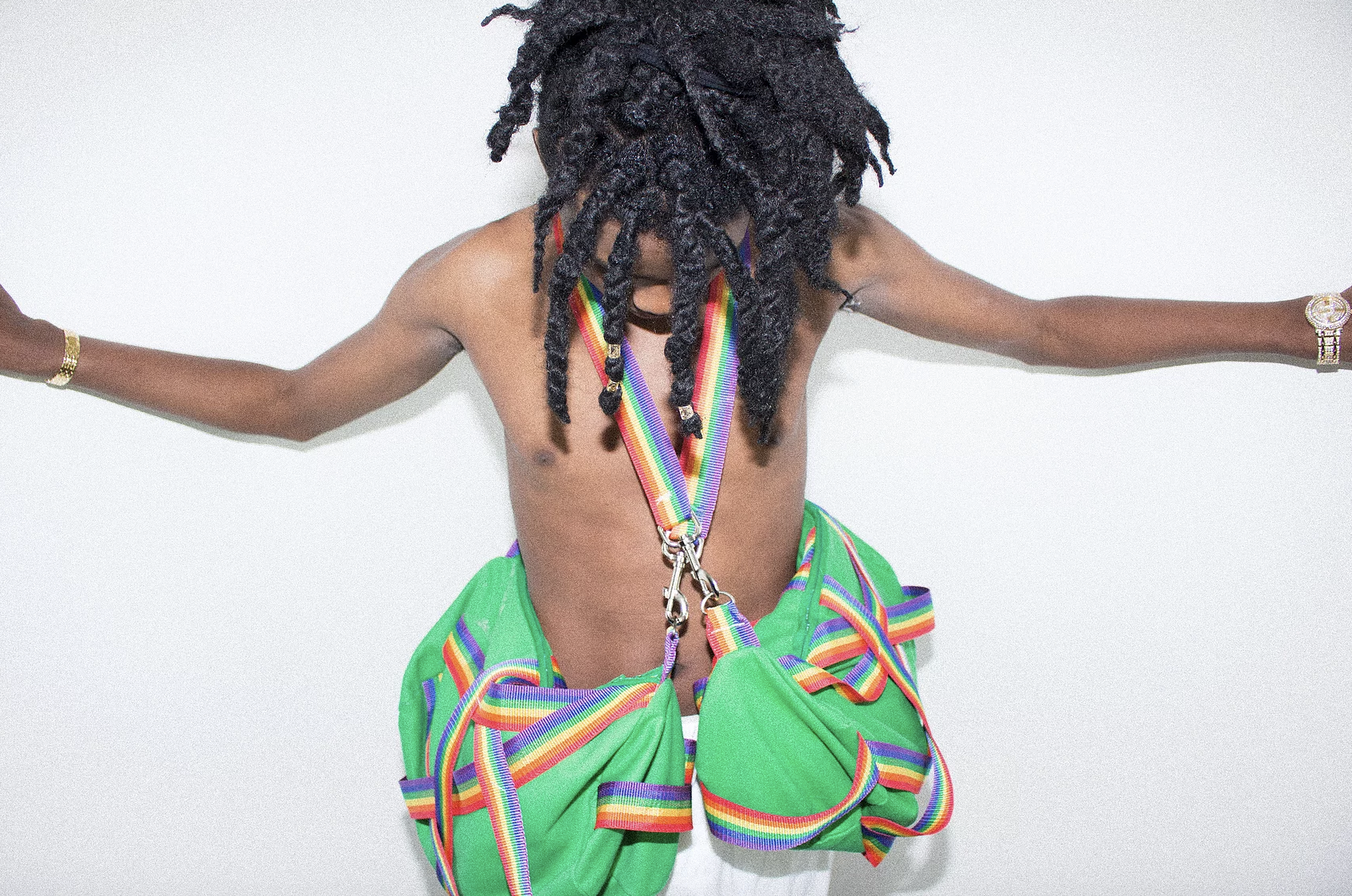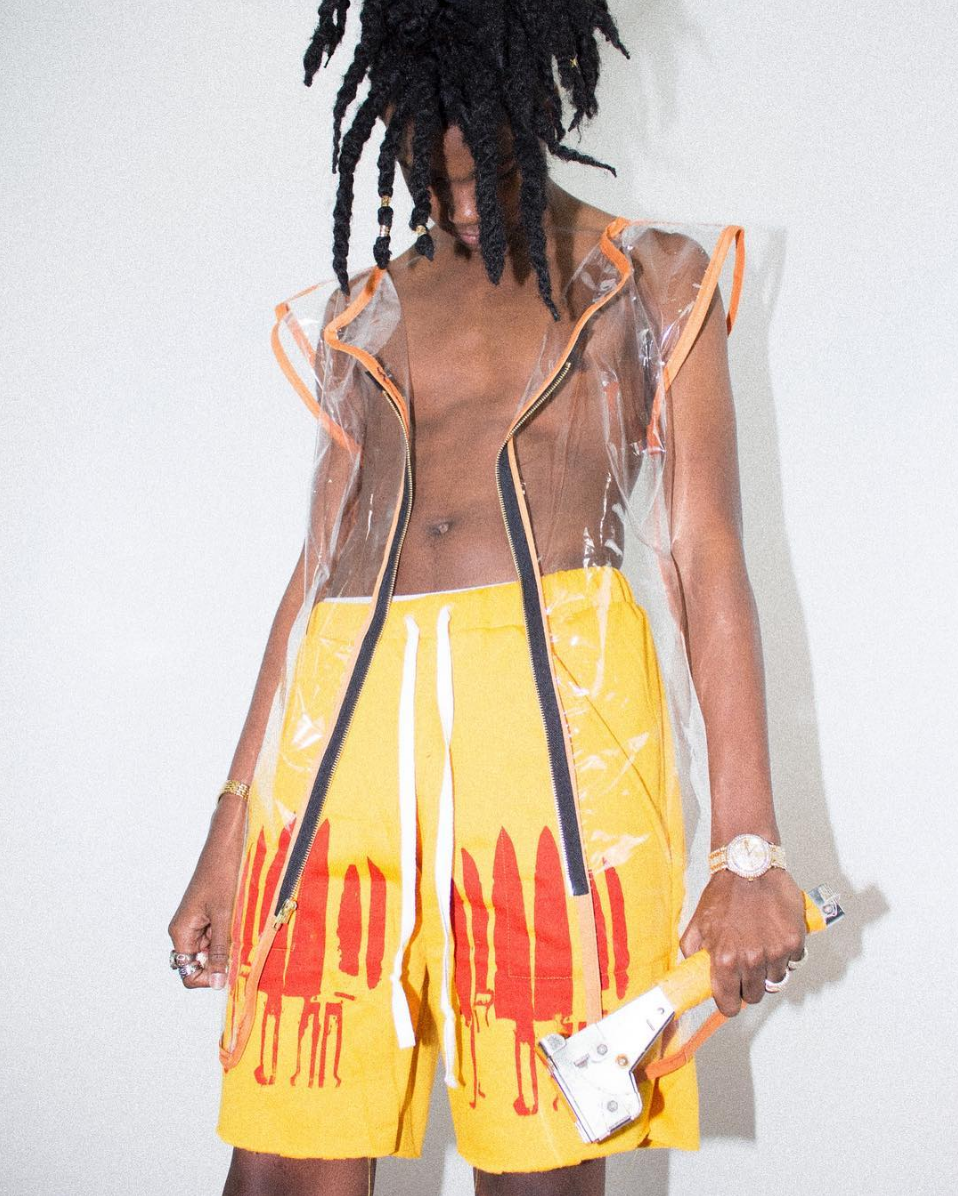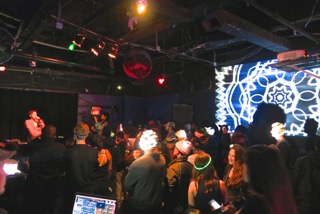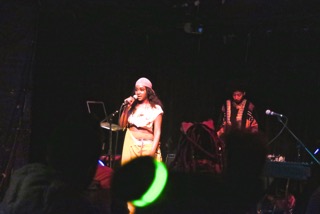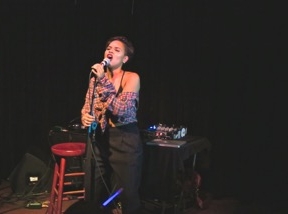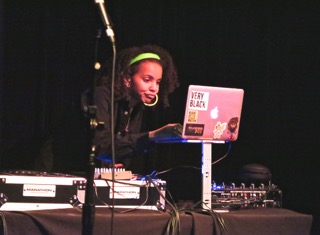'Stillers' is Pittsburgh vernacular for the Pittsburgh Steelers, the city's iconic football franchise. Stillers is also representative of the culture and fanatics who relentlessly support the Black n' Yellow.
My first ever Stillers game was September 24th, 1995 at Three Rivers Stadium; I was two months old. I can't speak to it from memory, but it was a losing effort in which hall-of-famer Warren Moon threw two touchdown passes to fellow hall-of-famer Cris Carter, as the Minnesota Vikings routed the Steelers 44-24 on an autumn afternoon. At least my first year of life featured the Stillers' return to the Super Bowl for the first time in sixteen years when Bill Cowher led Pittsburgh against Troy Aikman, Emmitt Smith and the Dallas Cowboys in Super Bowl XXX.
My house is a short walk away from Heinz Field. When I open my bedroom windows, I can hear public address announcer, Larry Richert, call-out, "It's a Pittsburgh Steelers first down!" as I watch Antonio Brown and Le'veon Bell extend their arms outward indicating the same thing. Living on the North Side, you learn that the game of football and Stillers Nation is omnipresent. This neighborhood that hosted the nation's first tax-supported library, is also the birthplace of professional football. In 1892, the Allegheny Athletic Association, a sports club on the North Side of the 'Burgh, paid William "Pudge" Heffelfinger (three-time All-American two-way player at Yale) $500 to play in a game versus the Pittsburgh Athletic Club. What's more is that this community has been home to the Pittsburgh Steelers since 1969. Playing in Forbes Field with the Pittsburgh Pirates and splitting home games at Pitt Stadium from 1933 to 1969, the Stillers struggled to find their own identity--the City of Champions had yet to be established. When the Black n' Yellow moved to Three Rivers Stadium, positioned on the edge of the Allegheny River, fortunes started to change. Franchise owner Dan Rooney and legendary head coach Chuck Noll turned the Steelers into a powerhouse. In the last 46 years players like "Mean" Joe Greene, "Iron" Mike Webster and Jerome "The Bus" Bettis have entertained the Stillers faithful to the tune of 22 divisional titles, 35 playoff wins and 6 Super Bowl championships--all the highest in NFL history. Three Rivers and Heinz Field have been instrumental in ushering in new eras of winning football.
The on-field product of Stillers football--the Steel Curtain defense featuring vicious linemen and an offense that can be both finesse and bruising, epitomizes the blue-collar attitude of the people in the Steel Belt. During the dynasty of the 1970s, when Terry Bradshaw, Lynn Swann, L.C. Greenwood, Mel Blount and company won four Super Bowls in a span of six years, the National Football league was just emerging into popularity. As the Steelers continued to win in dominating fashion, like the five shutout wins the Steel Curtain produced in 1976, they became a frequently televised team. Recording the fourth most played Monday Night Football games, football fans across the country could see how elite the Steelers actually were. Couple the bandwagon fans who couldn't help but root for the Stillers with the mass exodus of people from Pittsburgh who headed down south or further midwest due to the collapse of the steel industry in 1983, and you can understand why Stillers Nation has become so expansive. Those fans of older Stiller squads have started families and now their children are Stillers fans, engendering a hoard of Stillers faithful across the globe. You can be in Italy in December and still catch a Sunday game at La Botticella, the Steelers bar in Rome.
As a Nation, Stillers fans don't just watch their team. The devotion of the Stillers Gang is noted in our attire and memorialization of the beloved franchise. Black and yellow is our uniform and it does not have to be game day to wear it. Joe Manganiello, one of the strippers in the Magic Mike movies, is a native of Pittsburgh who makes sure his Columbian wife, Sofia Vergara, is also decked out in Steelers garb from head to toe. Whether dawning a Pirates hat or sporting those ugly throwback uniforms on a quick trip to the Giant Iggle or cruising the streets of Beverly Hills, Stillers Nation rocks the black and yellow as a symbol of pride for the city they call home. Amidst the Steelers' 1975 playoff run, the late radio personality, Myron Cope, was ordered to "come up with a gimmick that would more intensely involve the Stillers fans." His creation, 'The Terrible Towel', has been a waving fixture in every football stadium the Steelers have graced since then. Cope's towel and many other traditions such as the singing and cheering to Styx's "Renegade" before every fourth quarter are indicative of Stillers Nation's engagement in commemorating Stillers lore as well as helping the current iteration to achieve the coveted hardware.
Like any form of entertainment, football is a service providing spectators of the sport elation, anxiety and sadness. Sports is a byproduct of man's desire to compete, and the beautifully violent game on the gridiron takes center stage in modern society. Every Sunday for seventeen weeks, watching the Stillers triumph or fall in crushing defeat is like watching your favorite drama series. Injuries to key players and upsets league-wide are constantly changing the storylines of the season; it never plays out how you thought. As I've grown up literally blocks away from the epicenter of Pittsburgh's heartbeat, immersed in Stillers culture, I've been able to understand more and more about the game and history of Stillers football. Putting on that black helmet was never in the cards, as my parents knew the inherent dangers of the game. Yet, each agonizing loss to Tom Brady and each ignorant Stillers naysayer who would deny their superiority instilled a desire to discuss and take part in the construction of the Stillers legacy.
At InTheRough, it is our objective to discuss and create Life's Goods--the aspects of life that indulge our purest emotions. Throughout the past year, ITR has been dedicated to documenting the culture of Pittsburgh as three of its five staff members call the city home. The creation of the Stillers t-shirt arose from this same effort, for there is no greater good than the Pittsburgh Steelers who are able to unite and grab the attention of the city of Pittsburgh. The mustard-yellow, pepper-black, and white long sleeve t-shirts celebrate the uniqueness of football in the Steel City. The shirts' embroidery was designed in-house by Justin Berk, Lanie Edwards, Alex Hersh, JR Walker, Quaishawn Whitlock, Alex Young and Maxwell Young while it was manufactured by Touch of Grey Tees in Pittsburgh.
Wrapping up their 35th playoff victory over the Miami Dolphins 30-12 today, the Steelers have advanced to next week's divisional round when they will play the Kansas City Chiefs. Stillers t-shirts are available for purchase here, so we are prepared for the upset at Arrowhead Stadium. Stillers bend, they don't break.


